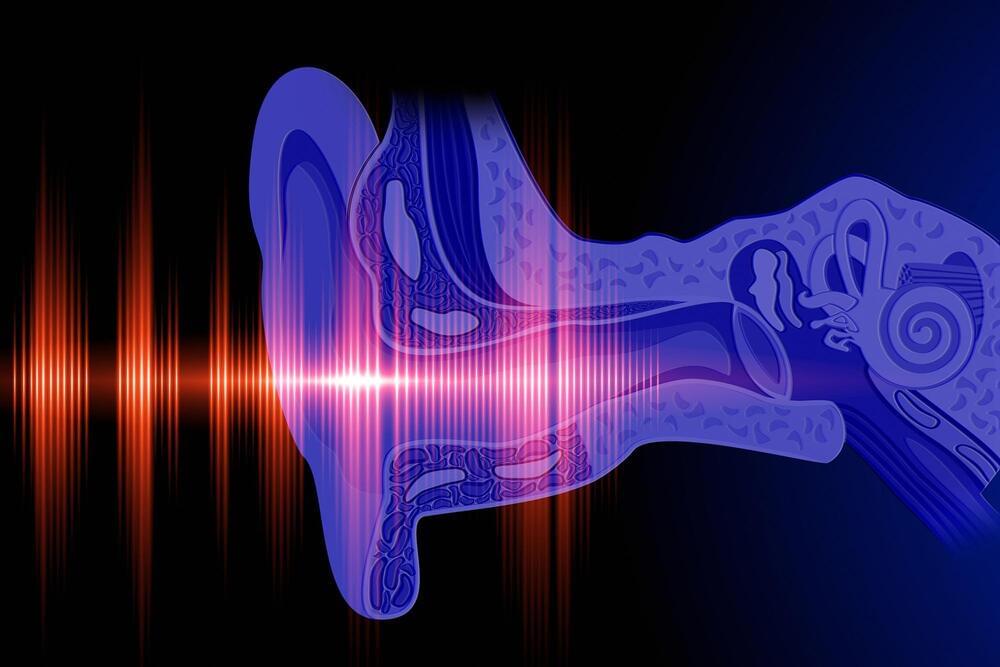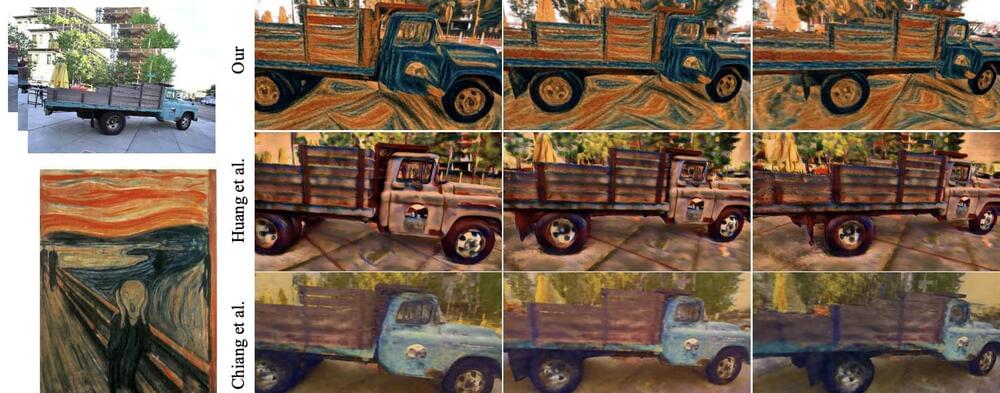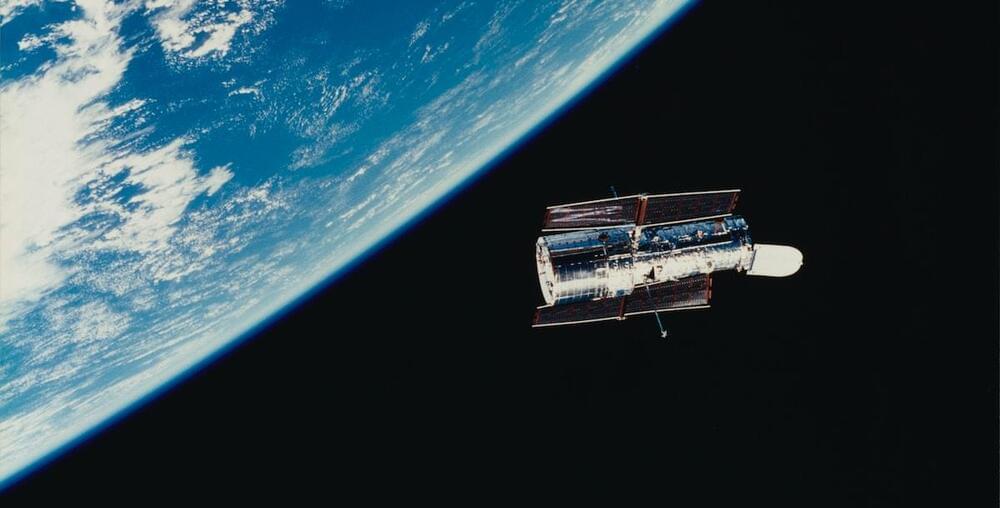O’Rourke soon started his own board, TacoLand, which was freewheeling and largely about punk music. “This was the counterculture: Maximum Rock & Roll[magazine], buying records by catalog you couldn’t find at record stores,” he said.
When he was younger, he was arrested on drunk-driving charges and played in a punk band. Now 46, he still skateboards.
Interestingly I played in Punk Rock bands in New Orleans, and used CDC’s BO2k to show my friend KJ that Southwest Research’s network was not safe. I also used it in Austin to show my friend Jacob Grimes’ boss that his network was not safe. It was a handy tool for hackers and security researchers back in the day. Texans know all too much about it. This gave Beto major cool points in my book. Hacktivismo still continues today with people like Johnny Long, and I would hope me too. I loved the Ninja Strike Force back in the day.
As Beto O’Rourke starts his run for U.S. president, members of a group famous for “hactivism” come forward for the first time to claim him as a former comrade.








